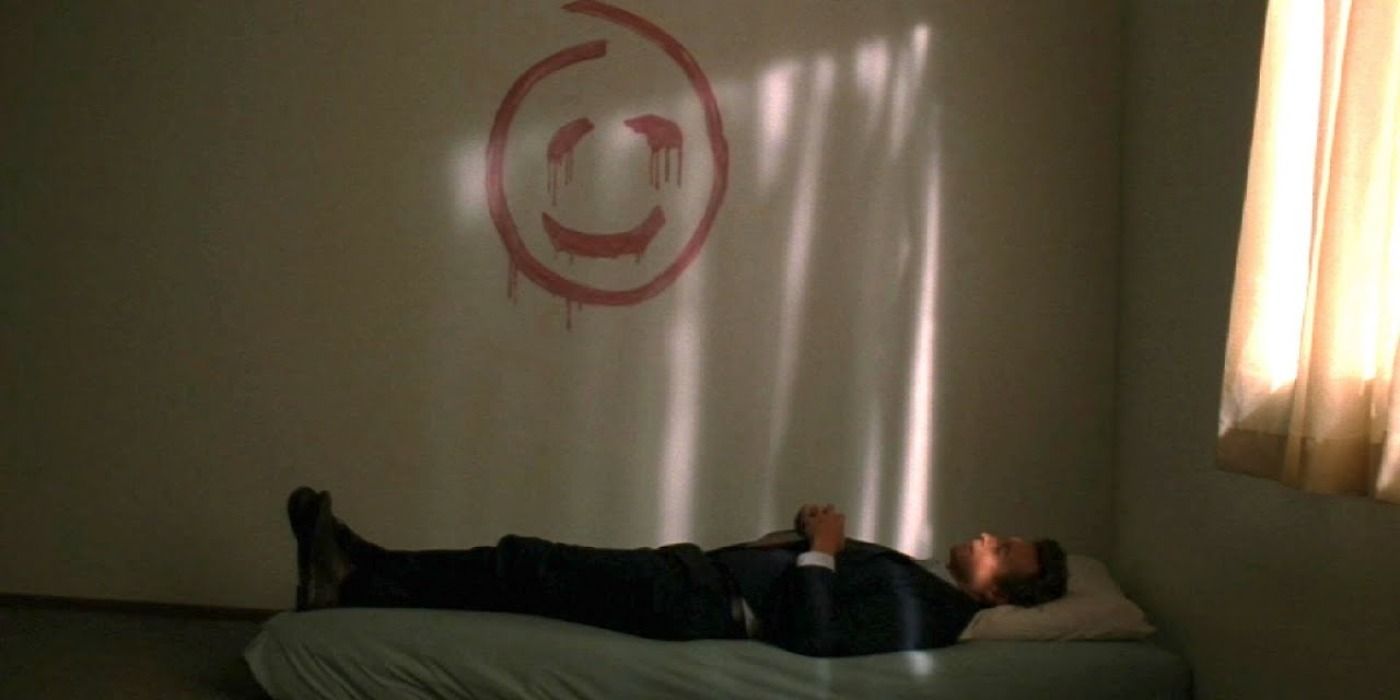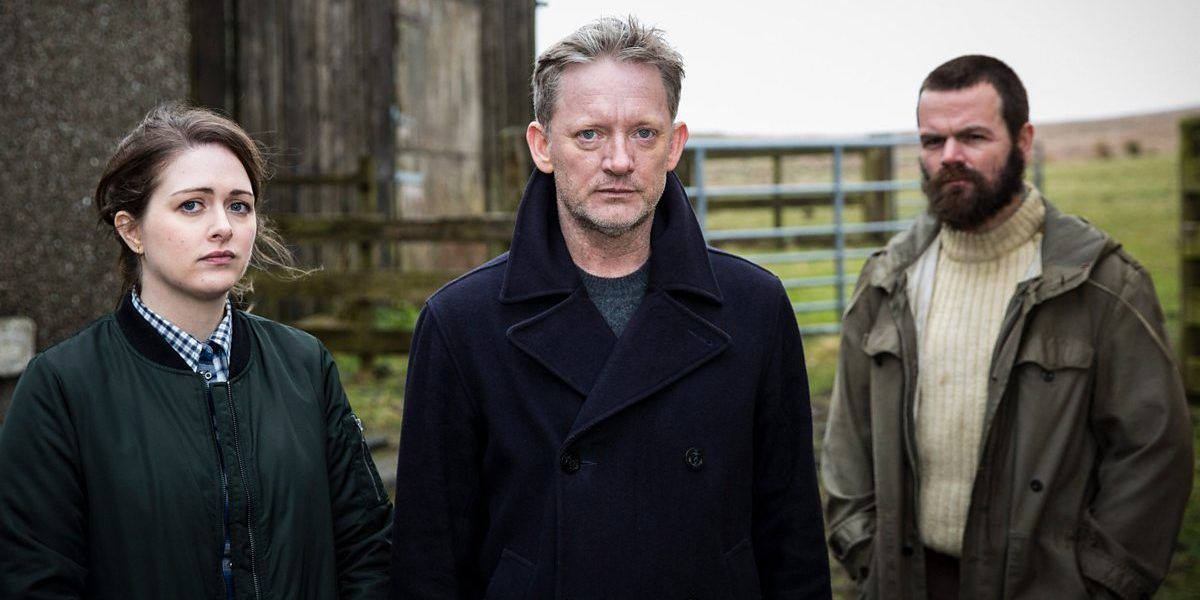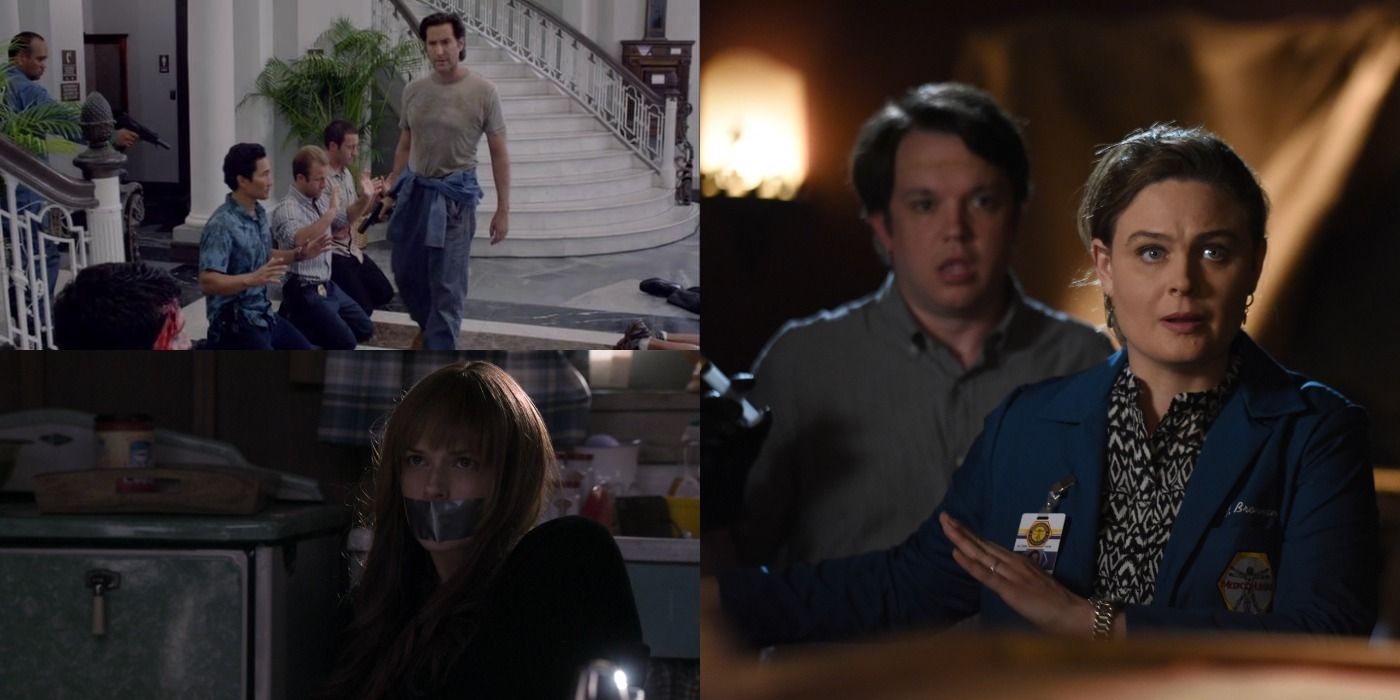Crime shows have been and continue to be a popular genre, with something for every viewer available, including thriller crimes, crime sitcoms, comedy-drama, sci-fi crime, crime mystery, and crime drama.
And with every crime show subgenre comes common crime tropes that are identifiers of the genre: filming techniques, character arcs, motifs, relationships, criminals, themes, locations, and story arcs. Sometimes the shows break the mold, providing a new take, expanding the genre, and other times, they stick to what viewers know.
An Elusive Serial Killer
Some crime shows focus on a new crime every episode, while others dedicate an entire season to the investigation of a single crime. It is most often during the multi-crime shows that a brilliant and elusive serial killer makes an appearance and challenges the main characters.
If the serial killer is not captured during consecutive episodes, they come back further down the line. In the case of The Mentalist (2008), the serial killer Red John haunted Patrick Jane throughout the series.
Troubled Lead Detective
The troubled lead Detective. The one with a past that haunts them. The one burying themselves in their work. The one who is running away from something. Alec Hardy, the gruff, pained, and haunted detective in Broadchurch (2013).
John Luther, surrounded by darkness in Luther (2010). Enraged and violent Marcella in Marcella (2016). And Stephen Holder, whose tough upbringing prepared him for his job in The Killing (2011).
A Small Town
A picturesque small town that looks peaceful and quiet, tight-knit yet holding dark secrets. There's an ominous feel, suspicious characters, and beautiful cinematography of the natural and dramatic scenery.
Everyone knows each other, there are community activities and storefront conversations. But something is withheld. The investigation shatters the still calm and disturbs the debris, muddying the water. Agatha Christie's Poroit and Miss Marple are two of the most famous examples.
Everyone Has A Secret
In a crime show, especially in small-town crime dramas, everyone is a suspect. Most of the characters' lives are interwoven from the very beginning or revealed to be connected during the show's progression.
And though not every character is involved in the crime, their secrets often come to light throughout the investigation. The friend of the victim, the affair, the unlikely witness, the grudge, the buried past.
Blurring Lines
There are times where the lead characters blur the lines legally, morally, and romantically. How often have there been fabricated disturbances on the other side of a locked door? Lock picking to enter a property? The detective becoming romantically interested in a suspect, drawn to their disposition?
Placing lives in danger to lure a criminal? Creating allegiances to serve personal advantages? The possession of crucial evidence for personal examination? The illegal acquisition of evidence? All very common instances in crime shows.
The Sherlock Type Genius
The Sherlockian type genius is a character that faces constant reinvention. Elementary (2012) reimagines the relationship between Sherlock and John Watson by creating a platonic partnership between Sherlock and his sober companion turned consultant, Joan Watson, as they investigate crime in New York.
BBC's Sherlock (2010) sticks to the original home of the detective and gives him a powerful complex. And while not all geniuses are directly Sherlock-based, they are very intelligent. Luther is a brilliant genius in Luther (2010), as is the "I am too much" criminal psychologist Dr. Eddie Fitzgerald in Cracker (1993).
The Team Member In Danger
Nearly every crime show, no matter the sub-genre, has had a team member or pivotal character that has been captured, held at gunpoint, threatened, ransomed, held hostage, used as leverage, or used as a shield during an altercation.
A team member in danger provides a high-stakes situation, pressuring the characters to make quick and risky yet measured decisions, a test of their skills.
The Big City
If it's not a small town isolated and grim, it's a big city with a dark center surrounded by tall concrete buildings and parklands. Most shows have their location in the title: Brooklyn Nine-Nine (2013), NCIS: Los Angeles (2009), CSI: New York (2004), and various Criminal Minds series.
Others don't, though, such as Bones (2005) which is set in Washington, D.C., and the Law and Order franchise which is spread across various locations.
A Personal Case
A personal case can be anything from the lead detective being a suspect in a recent crime, to an old crime reopened due to new evidence that the investigators have a close connection to.
A personal case is an opportunity for the series to break down the lead and place them under the microscope. It might answer some questions viewers had about the character concerning their family life, hidden past, and character flaws.
The Consultant
Many crime shows have a main detective who is paired with a consultant through curious circumstances. They are the ones who often break the rules because they aren't held to the regulations police must follow. They connect to the suspects and have a unique way of investigating. They form a strong bond with their partner.
Examples include psychic Patrick Jane from The Mentalist (2008), crime author Richard Castle from Castle (2009), Dr. Mark Sloan from Diagnosis Murder (1993), club owner and demon Lucifer in Lucifer (2016), and mathematician Charlie in Numb3rs (2005).











